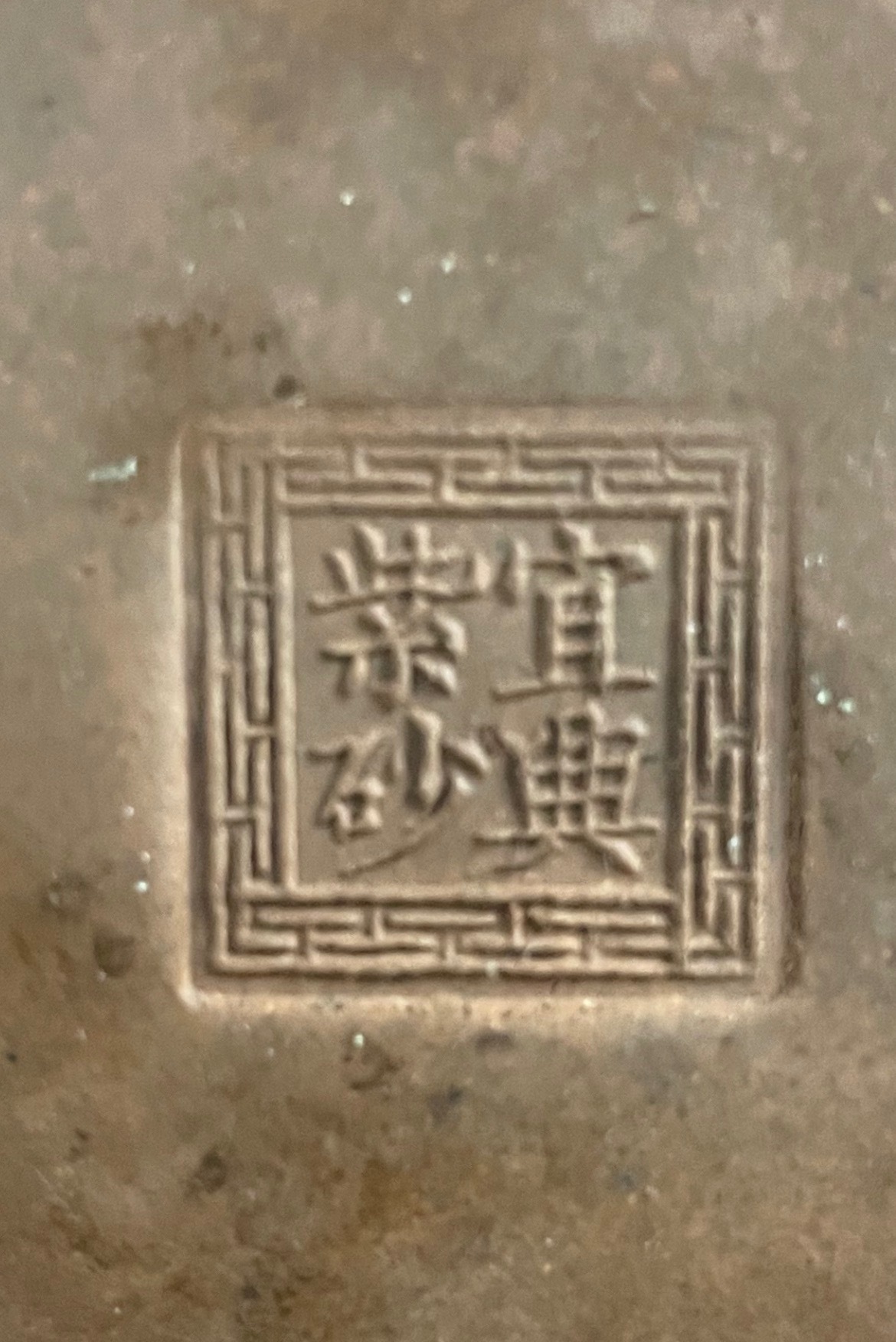It says "Yixing Zisha," which means Yixing purple sand. https://en.wikipedia.org/wiki/Yixing_ware
askchapo
Ask Hexbear is the place to ask and answer ~~thought-provoking~~ questions.
Rules:
-
Posts must ask a question.
-
If the question asked is serious, answer seriously.
-
Questions where you want to learn more about socialism are allowed, but questions in bad faith are not.
-
Try !feedback@hexbear.net if you're having questions about regarding moderation, site policy, the site itself, development, volunteering or the mod team.
To add on to what others have said, it's a kind of clay used for artisanal pots and cups, especially teapots. It "breaks in" based on what tea you brew in it, so big tea nerds might have a puerh one separate from an oolong one. It is usually unglazed so that the porous quality that allows it to "break in" isn't removed.
So what it appears to say is
直典紫砂
Which translates roughly to a brand name that kind of translates to perfectly straight 直典 and purple sand 紫砂. I'm guessing at the time purple sand was some kind of fancy material that made that pot more valuable? I have no idea.
*Edit: Apparently purple sand refers to sand with Quartz in them. So, I guess it is higher quality?
宜興 not 直典. it's a place.
Ah, thanks my Chinese isn't the best. Just trying to help out :)
